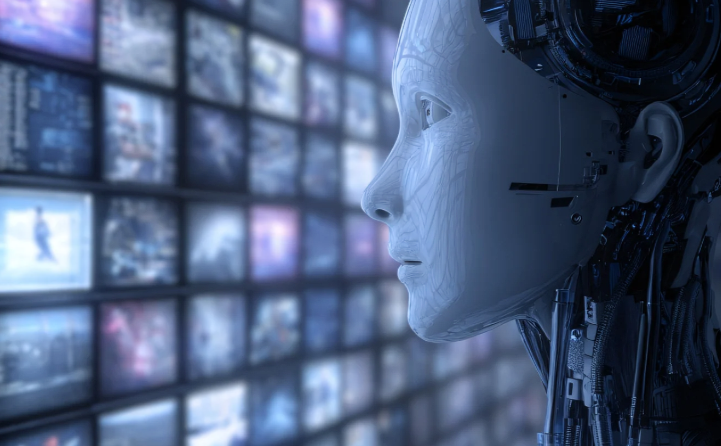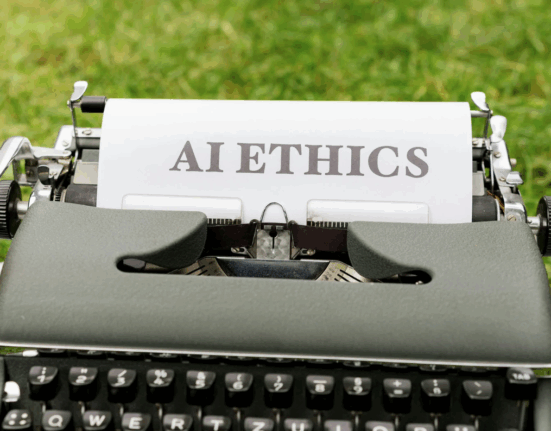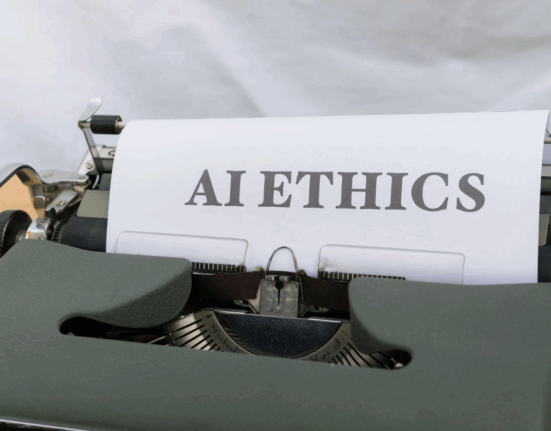Introduction: Why Responsible AI Frameworks Matter
Artificial intelligence is transforming industries at an unprecedented pace. But with innovation comes responsibility. Without clear guidelines, AI can unintentionally cause harm, from biased decisions to privacy breaches. Responsible AI frameworks provide the structure to build systems that are ethical, transparent, and trustworthy.
What Are Responsible AI Frameworks?
A responsible AI framework is a structured approach that guides how AI systems are designed, developed, and deployed. It focuses on aligning innovation with ethics, fairness, accountability, and human values.
Core Principles of Responsible AI Frameworks
1. Fairness
AI must avoid bias and ensure equal treatment for all users.
2. Transparency
Decisions made by AI should be explainable and understandable.
3. Accountability
Organizations must take responsibility for the outcomes of their AI systems.
4. Privacy and Security
Data must be protected with strong safeguards against misuse.
5. Human-Centered Design
AI should enhance human decision-making, not replace it entirely.
Steps to Build Responsible AI Frameworks
Step 1: Define Ethical Goals
Start with clear values that guide how AI will be used responsibly.
Step 2: Create Multidisciplinary Teams
Include ethicists, developers, business leaders, and policymakers in the process.
Step 3: Develop Guidelines and Policies
Document rules on data usage, bias prevention, and accountability.
Step 4: Incorporate Explainable AI
Ensure models are interpretable for users and regulators.
Step 5: Implement Bias Audits
Test datasets and models regularly to uncover hidden bias.
Step 6: Provide Human Oversight
Keep humans in the loop for sensitive or high-impact decisions.
Challenges in Building Responsible AI Frameworks
- Balancing innovation with ethical restrictions.
- Managing global differences in AI laws and policies.
- Ensuring transparency without exposing intellectual property.
- Convincing stakeholders to invest in long-term responsibility.
Best Practices for Effective Frameworks
- Start Small: Pilot responsible AI practices on limited projects.
- Train Staff: Educate teams on AI ethics and responsible practices.
- Update Continuously: Revise frameworks as technology evolves.
- Measure Success: Track metrics like fairness, accuracy, and trust.
Case Study: Responsible AI in Healthcare
A hospital system built a responsible AI framework for diagnostic imaging. By auditing datasets and requiring explainable AI outputs, it reduced misdiagnosis risks and improved patient trust.
Case Study: Finance Industry Adoption
A bank implemented responsible AI frameworks for loan approvals. Regular bias audits ensured fairness, while transparent explanations improved customer confidence.
Future of Responsible AI Frameworks
Global Standards
Expect international benchmarks for responsible AI adoption.
AI Ethics Officers
Organizations will create dedicated roles for monitoring AI ethics.
AI for Social Good
Frameworks will encourage innovation that addresses global challenges.
Public Involvement
Greater transparency will empower citizens to question AI outcomes.
Conclusion: Building Trustworthy AI
Responsible AI frameworks are not just about compliance — they are about building trust. By embedding fairness, transparency, and accountability into every stage of development, organizations can create AI systems that benefit both businesses and society.
FAQ
1. What is a responsible AI framework?
It’s a structured set of guidelines for building ethical and fair AI systems.
2. Why are responsible AI frameworks important?
They ensure AI development aligns with human values and avoids harm.
3. How do you create a responsible AI framework?
By defining goals, forming diverse teams, and implementing transparency and audits.
4. What industries need responsible AI frameworks?
Healthcare, finance, security, and any field where AI impacts people directly.
5. What is the future of responsible AI frameworks?
Expect global standards, dedicated ethics roles, and AI built for social good.








